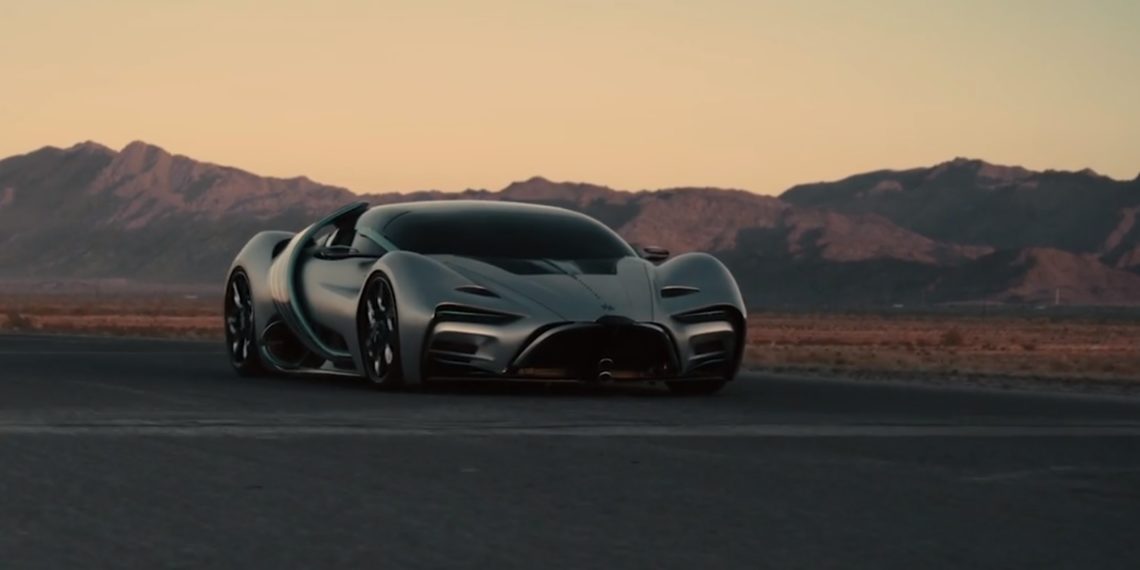Half a century ago, Apollo 13 launched with a range of a half-million miles. It used compressed hydrogen and three fuel cells to make electricity and drinking water as a byproduct. Now a team of PhDs has built a supercar around the latest in fuel cell technology called the Hyperion XP-1. Toyota and Honda have repeatedly voiced their love of hydrogen power, and there is talk of building more filling stations. There are 47 in the U.S., but they’re all in California. That’s why Hyperion will share the “First Chapter” of their story later this month.
The new Hyperion XP-1 will offer extreme performance thanks to its power source. The current figures point to a 0 to 60 mph time of under 2.2 seconds and a top speed of over 220 mph. Even with these impressive numbers, it still boasts 1000-mile range. But it’s not just high-end performance that the XP-1 will offer, because the cabin is unlike anything you’ve seen before. Inside is a 98-inch curved display that utilizes gesture control, as well as a 134-inch glass canopy covering the passengers. This car is one-stop away from being a spaceship for the roads.
Getting back to the power source, a fuel cell forces hydrogen and oxygen together, which gives off electricity and pure water in the process. The issue is storing hydrogen safely. Carbon fiber tanks are probably the answer to safe high-pressure storage, and who wouldn’t drive a car that offered them a glass of cool water every few miles. Its time to make H2 great again, so stay with us for all your Hyperion updates.











